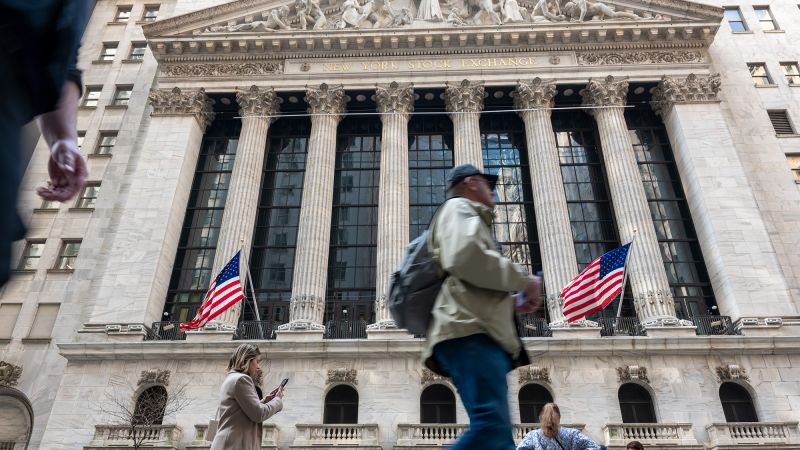The stock market experienced a significant drop on Thursday, with the Dow falling over 600 points, marking its worst day of 2024. This decline occurred despite chipmaker Nvidia reporting excellent quarterly earnings and announcing a 10-for-1 stock split. While Nvidia’s stock soared by more than 9%, the broader market showed weakness, indicating a lack of market breadth. The notable decrease in Boeing’s stock price, down by more than 7.5%, also contributed to the overall market downturn as the company revealed worse-than-expected cash flows, raising concerns about its debt ratings possibly being downgraded to junk status.
The S&P 500 and Nasdaq Composite also closed lower on Thursday, with decreases of 0.7% and 0.4%, respectively. The Dow Jones Industrial Average recorded a decline of 1.5%, shedding 606 points by the end of the trading day. The decline in the stock market came after the Purchasing Managers Index for May, which was expected to show a slight decrease, unexpectedly rose by 3.5 percentage points to the highest level since June of the previous year. This indicates that the economy may not be as constrained by inflation as previously thought, despite recent price increases beginning to ease.
In a note to clients, Louis Navellier of Navellier Investing pointed out that the technology sector was the only industry not in the red on Thursday, emphasizing the positive impact of Nvidia’s performance on the market. Additionally, labor data released on Thursday showed stronger-than-expected initial jobless claims, further supporting the idea of a resilient economy. However, April new home sales missed estimates, suggesting less confidence among builders and potential difficulties in obtaining financing for new construction projects.
The Federal Reserve’s release of notes from its recent policy meeting on Wednesday caused some concern among investors, as officials indicated a willingness to raise interest rates if necessary. This led to doubts about whether financial conditions were stringent enough to prevent inflation from resurging. Goldman Sachs CEO David Solomon also expressed a belief that the Fed is unlikely to cut rates this year, contributing to market uncertainty. The bond market’s reaction to the positive economic news resulted in higher US Treasury yields on Thursday, with bond traders showing hesitancy amid a strengthening economy and the potential implications for stock market trends.
Investor expectations for interest rate cuts by the Federal Reserve have significantly decreased, with the CME FedWatch tool showing a decrease from six expected cuts at the beginning of the year to just one anticipated cut in December. The central bank’s stance on interest rates and inflation, along with economic data and corporate performance, continue to drive market sentiment and investor behavior. Despite the challenges and uncertainties in the current economic landscape, market participants are closely monitoring developments and adjusting their strategies accordingly to navigate the evolving market conditions.













